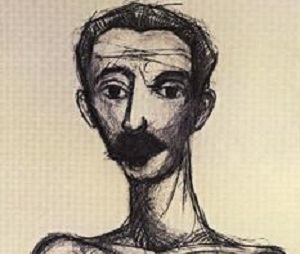 El Diablo Cojuelo – a newspaper created to inform students in Havana of the corruption imposed by the colonial regime in Cuba, named for a character for in a novel by Luis Vélez de Guevara – appeared January 19, 1869.
El Diablo Cojuelo – a newspaper created to inform students in Havana of the corruption imposed by the colonial regime in Cuba, named for a character for in a novel by Luis Vélez de Guevara – appeared January 19, 1869.
Four days later, another publication named La Patria Libre circulated, with the subtitle “Democratic-Cosmopolitan Weekly” reflecting the atmosphere in which Martí moved.
Unlike El Diablo Cojuelo, which was conceived by Martí himself and other classmates – among them Fermín Valdés Domínguez – La Patria Libre even had a different format, and it seems logical to assume that adults participated in its creation, including his teacher Mendive.
But the student Martí, not yet 16 years of age, provided the newspaper with its most enduring text: the dramatic poem “Abdala” headed by an annotation in which the typography provided eloquent ambiguity. The phrase “Written expressly for La Patria (the homeland)” printed in capital letters and without quotation marks or any other sign to indicate “La Patria” as the title of the publication, allowed the work to be presented as destined for the newspaper in which it appeared, or – more likely – Cuba.The detail is significant. The author was prevented from openly calling for patriotic rebellion, but the text recounted the decision of a young African prince – from Nubia, a place name that acoustically marks an ostensible similarity with Cuba – to defend his land against a foreign invader, and to die in that struggle if necessary, despite his mother’s pleas, in an attempt to save his life.With reason, the hero, Abdala, has been identified as Martí’s alter ego, a foreboding of his destiny.
(Excerpt from the biography of José Martí, Cesto de llamas)